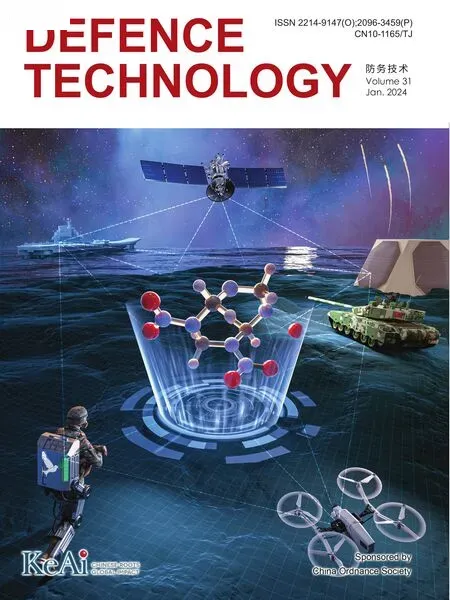Book review:“Impact Engineering:Fundamentals,Experiments and Nonlinear Finite Elements”By Marcilio Alves(2020)Price at Amazon: US$ 85.67.www.impactbook.org
Impact engineering encompasses many events of our lives.Examples include vehicle collisions, catastrophic collapse of infrastructures from explosion, ballistic impact of armour, hitting cricket balls in sports,falling off a bicycle.In such an event,an engineer needs to understand and quantify complex issues like identifying the impact loadings, obtaining material properties at high strain rates and evaluating structural responses and consequences.This engineering field receives great interests from industry and the research community.Several monographs have been published over the decades and related journals, such as the International Journal of Impact Engineering and Defence Technology, have been established and disseminate the latest research findings.
Experienced researchers appreciate the complexity in impact problems.However, a beginner, faced with a large body of knowledge to understand,often finds it truly difficult to learn and tackle such dynamic events.It is indeed timely that the above new book has been published by Professor Marcilio Alves, University of Sao Paulo.
With 433 pages, the book is based on the author's 25 years of experience in research, teaching and professional consulting in impact engineering.The 11 chapters cover essential topics from fundamental mechanics to engineering case studies.Following an introduction, rigid body impact dynamics is explained in Chapter 2.The next two chapters cover one-dimensional stress waves and flexural waves of elastic beams.The plastic impact behaviour of beams and plates is presented in Chapter 5, followed by buckling and stress waves in shells subject to axial impact.Material behaviour at high strain rates and their experimental characterisation are explained in Chapter 7.As finite element analysis is becoming an essential engineering tool, the basic theories for linear and non-linear finite element analysis are presented in Chapters 8 and 9,respectively.Small scale tests can be employed for studying responses of complex structures and their applications in impact engineering are illustrated.The limitations of such tests and“non-scalability” are cautioned.The book finishes with five practical engineering case studies in Chapter 11.
The book is a clear introduction to concepts of impact mechanics.Each Chapter illustrates the engineering background with practical examples.Analytical methods are developed and experimental techniques with practical tips such as signal filtering are embedded throughout the book.The exercise problems in every chapter should be helpful for readers who want to practise and reinforce the concepts learnt.
Even though the book covers a wide range of topics,each chapter is almost self-contained,with relevant references given next to the text.Numerous colourful photographs and diagrams help convey the ideas.For these reasons,the author has managed to present the contents well even without numbering the equations and figures.In this connection,readers looking for more systematic and in-depth treatment may need to refer to other monographs, as listed in this book.
Overall, the book is an excellent introduction to impact engineering and is beneficial to undergraduates at senior levels, postgraduates, practising engineers and researchers.Experienced researchers should find it an interesting aide memoire.The book is highly recommended to anyone who wants to learn any aspects of impact engineering.
Declaration of competing interest
The authors declare that they have no known competing financial interests or personal relationships that could have appeared to influence the work reported in this paper.
- Defence Technology的其它文章
- Reply to the note by Li Piani et al.
- The interaction between a shaped charge jet and a single moving plate
- Machine learning for predicting the outcome of terminal ballistics events
- Fabrication and characterization of multi-scale coated boron powders with improved combustion performance: A brief review
- Experimental research on the launching system of auxiliary charge with filter cartridge structure
- Dependence of impact regime boundaries on the initial temperatures of projectiles and targets

